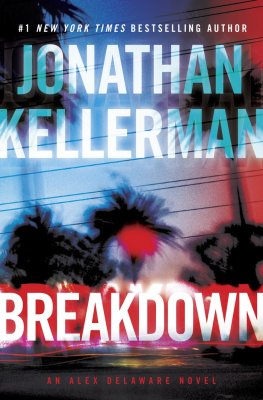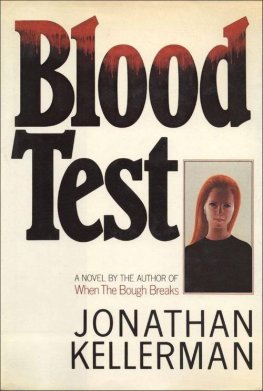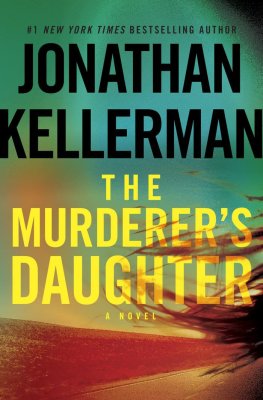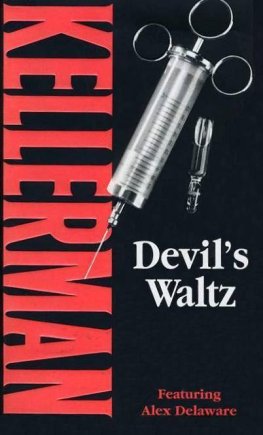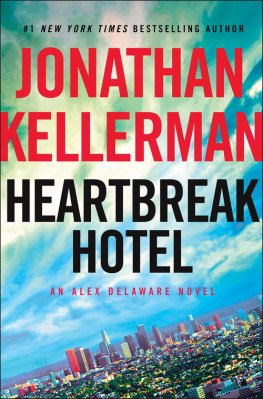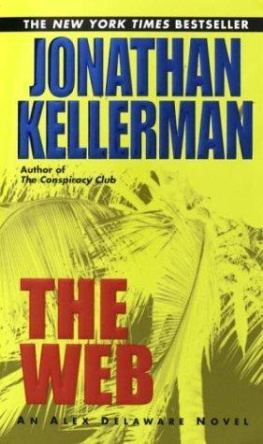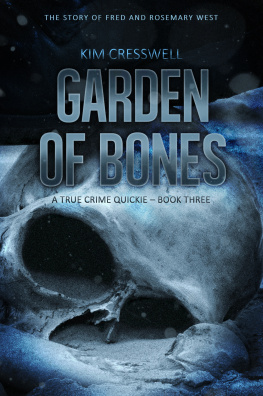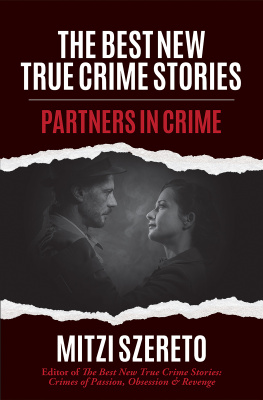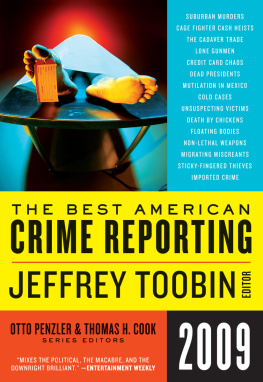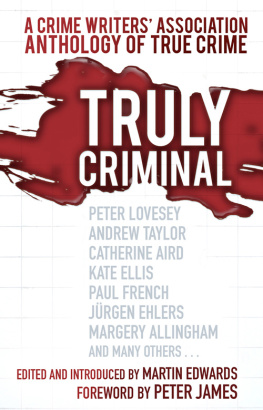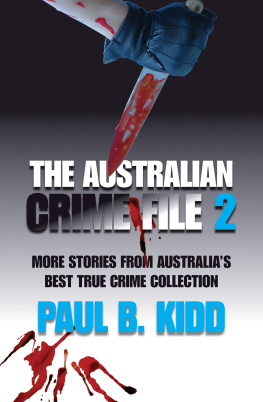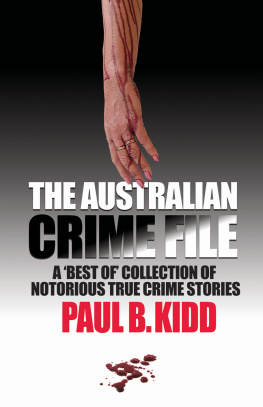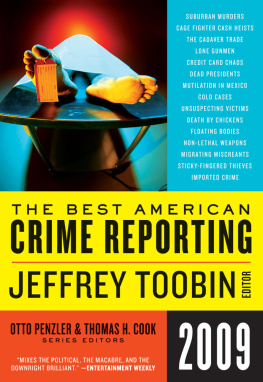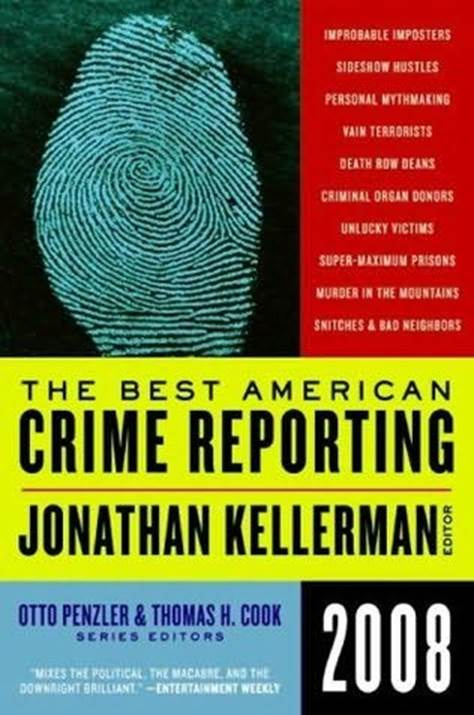
Jonathan Kellerman, Otto Penzler, Thomas H. Cook, Jeremy Kahn, Dean LaTourrette, Justin Heckert, Calvin Trillin, Alan Prendergast, Pamela Colloff, Malcolm Gladwell, Tad Friend, Charles Graeber, Mark Bowden, D. T. Max, Nick Schou, James Renner, Tom Junod, Jonathan Green
The Best American Crime Reporting 2008
2008
CRIME IS BY TURNS COMIC AND TRAGIC. This years Best American Crime Reporting reflects these critical extremes, along with much that lies in between.
On the side of comedy there is Im with the Steelers, Justin Heckerts hilarious account of an improbable impostor. What man might imagine that he could convince a woman that he was a well-known and often-photographed player for the Pittsburgh Steelers, do this in, of all places, Pittsburgh-a football town if there ever was one-and pull it off not once but repeatedly?
But if evidence-even photographic evidence-is a weak weapon against wishful thinking, so too is critical thinking when confronted with the awesome power of reputation. Malcolm Gladwells Dangerous Minds takes one of modern law enforcements sacred cows, the criminal profile, and argues-with real rather than fanciful evidence-that it is little more than a sideshow hustle.
Calvin Trillins The House Across the Way is the tale of an island upon which good fences would indeed make good neighborsif they had any.
These stories, along with Tom Junods Mercenary, a tale of personal mythmaking that truly knew no bounds, and Mark Bowdens The Ploy, in which flattery works better than water-boarding on a vain terrorist operative, form the comic boundary of this years collection of the best of American crime reporting.
Unsurprisingly, personalities, both comic and tragic, sprout like hothouse plants in the worlds of both crime and punishment. In Dean of Death Row, Tad Friend chronicles the life and work of one of Americas premier death row administrators, while Charles Graebers The Tainted Kidney records an evil mans effort to do at least one good deed. Or was it just an effort to seem good?
Crime, like politics, makes strange bedfellows, and even evil men have buddies, as James Renner makes clear in The Serial Killers Disciple, though in this case evil appears to get the friendship it deserves. The genuinely good deed of a witness determined to give testimony and the terrible penalty he paid is the subject of Jeremy Kahns harrowing The Story of a Snitch. The thugs who took his life are surely deserving of The Caged Life, whose daily deprivations are revealed in Alan Prendergasts look inside one of Americas foremost super-maximum prisons.
When crime darkens, it does so by degrees, of course, but it rarely seems more sinister than when it is carried out in accordance with state policy, as reported in Jonathan Greens Murder at 19,000 Feet; or by the due authorities of the state, as is argued by Pamela Colloff in Badges of Dishonor; or even by what amounts to irrational popular will, in this case, of rabidly anti-American sentiment, as chronicled in Dean LaTourrettes scary A Season in Hell.
Two stories round out this years Best American Crime Reporting. Nick Schous Just a Random Female darkly demonstrates just how random a random murder can be, while D. T. Maxs Day of the Dead suggests that even the most celebrated of human crimes can disappear into a fog of mood, insinuation, and coincidence, where the facts remain as unknowable as the human mind itself.
This is the seventh edition of Best American Crime Reporting (once titled Best American Crime Writing but retitled last year to avoid confusion with Best American Mystery Stories, as many readers thought both volumes contained fiction), and we are indebted to Jonathan Kellerman for agreeing to be the guest editor this year. Dr. Kellerman, the bestselling author of the Alex Delaware mystery series, has written one of the most interesting and provocative introductions that the series has enjoyed.
While on the subject of guest editors, it seems appropriate to express our profound gratitude to the previous authors who filled that role so admirably, helping to establish this series as the most prestigious of its kind: Nicholas Pileggi (2002), John Berendt (2003), Joseph Wambaugh (2004), James Ellroy (2005), Mark Bowden (2006), and Linda Fairstein (2007).
In terms of the nature and scope of this collection, we defined the subject matter as any factual story involving crime or the threat of a crime that was written by an American or Canadian and first published in the calendar year 2007. Although we examine an enormous number of publications, inevitably the preeminent ones attracted many of the best pieces. All national and large regional magazines were searched for appropriate material, as were nearly two hundred so-called little magazines, reviews, and journals.
We welcome submissions for The Best American Crime Reporting 2009 by any writer, editor, publisher, agent, or other interested party. Please send the publication or a tear sheet with the name of the publication, the date on which it appeared, and contact information for the author or representative. If first publication was in electronic format, a hard copy must be submitted. All submissions must be received no later than December 31, 2008; anything received after that date will not be read. This is neither arrogant nor capricious. The timely nature of the book forces very tight deadlines that cannot be met if we receive material later than that date. The sooner we receive articles, the more favorable will be the light in which they are read.
Please send submissions to Otto Penzler, The Mysterious Bookshop, 58 Warren Street, New York, NY 10007. Inquiries may be sent to me at ottopenzler@mysteriousbookshop.com. Regretfully, materials cannot be returned. If you do not believe the U.S. Postal Service will actually deliver mail and prefer to have verification that it was received, please enclose a self-addressed stamped postcard.
Thank you,
Otto Penzler and
Thomas H. Cook
New York, March 2008
A SMALL PROPORTION of human beings-perhaps 1 percent of any given population-is different from the rest of us in ways that wreak havoc on the rest of us.
The cardinal traits of this bunch include superficiality; impulsiveness; self-aggrandizement to the point of delusion; callousness; and, when it suits, outright cruelty. Truth and principle dont intrude upon the world of the disruptors. When they dont lapse into tell-tale glibness, the more socially adroit among them come across as charming, sometimes overwhelmingly charismatic.
They project a preternatural calm that isnt an act. Their resting pulse rate tends to be low, they dont sweat readily-literally and figuratively-nor do they react strongly to pain and fear.
Because of their eerily quiet nervous system, they dont learn readily from experience.
If anyone can fool the polygraph, they can.
Intellectually, they understand the necessity for rules and regulations, but only for others. They are exempt from all that nonsense because they are special.
The smarter ones among them eschew violence. Not because they abhor bloodletting, but because they realize violence is usually a counterproductive strategy. Some of the cleverest among them run successful Ponzi schemes or engage in hugely profitable insider securities trading. Others rise to the boards of corporations where they coordinate felonies of a subtler nature.
The most ambitious and, arguably, the most dangerous among them fix their eyes on the Oscar of amorality known as political power. Chameleons adroit at tailoring their behavior to the needs of others, they often win elections. Sometimes they simply take by force. In either event, when one of them runs a country, things really get ugly.
Next page

